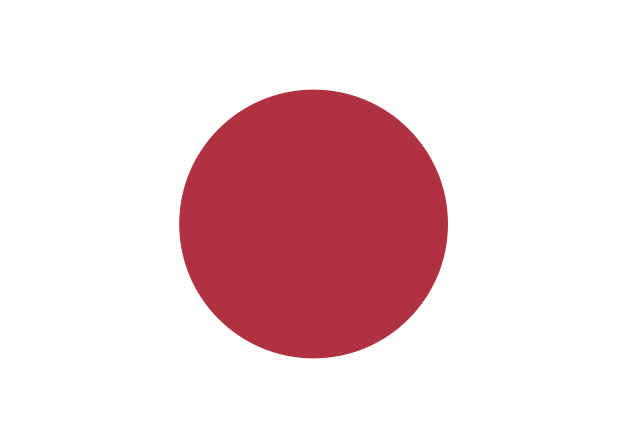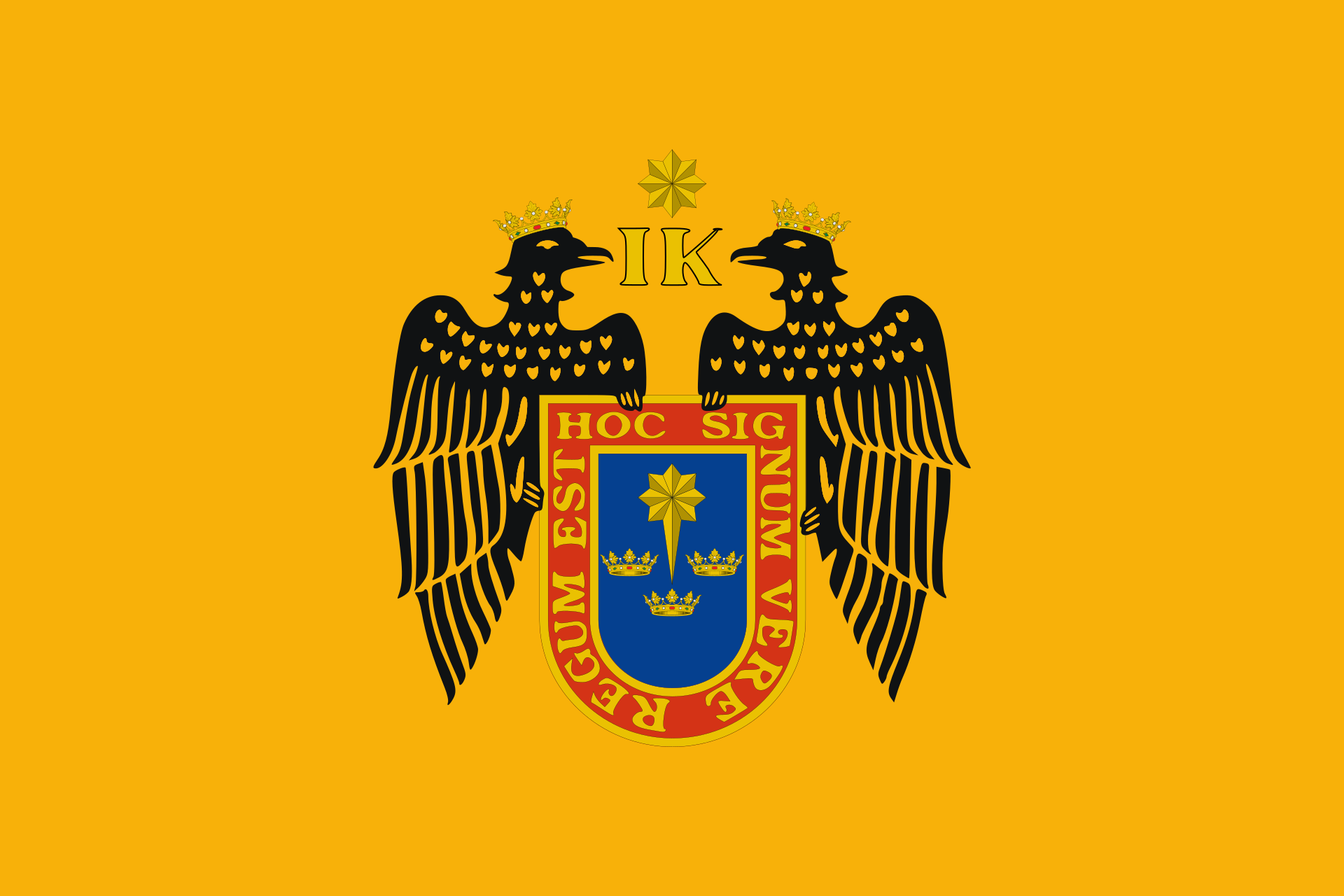RIPSaidCone
tolmie
Flag:
(For the love of god please downsize it when you upload it here so that it doesn't take up 90% of the screen)
"Motto"
Name:
(Obvious enough)
Capital:
(Obvious enough)
Official Language(s):
(Obvious enough)
Government:
(What type of government)
Economy:
(Free market? Command? You can also describe it if you want)
Population:
(Find your territory's population circa 1970 or close enough to 1972)
Currency:
(Obvious enough)
Head of Government/State:
(Make separate if the heads of government and state are different individuals)
Territory:
(What current day territories make up your nation)
History:
(As long as you want, don't make it too short though, a few paragraphs. The Invasion was in 1906 and lasted until 1929 before the Khim'Er'Sha went quiet inside Africa.)
Military:
(Give a summary and description of your nation's branches of military)
Allies/Sphere:
(Additional territories/countries you can play as/write for)
Views on Africa/Khim'Er'Sha:
(What is your government's view on the situation as of today, and what is the sentiment of your population)
Ongoing Conflicts:
(If any. Can be anything from a full blown war to a small insurgency or crackdown on troublemakers from anarchic regions beyond your borders.)
Internal Strife:
(Anything from social controversy to political instability)
(For the love of god please downsize it when you upload it here so that it doesn't take up 90% of the screen)
"Motto"
Name:
(Obvious enough)
Capital:
(Obvious enough)
Official Language(s):
(Obvious enough)
Government:
(What type of government)
Economy:
(Free market? Command? You can also describe it if you want)
Population:
(Find your territory's population circa 1970 or close enough to 1972)
Currency:
(Obvious enough)
Head of Government/State:
(Make separate if the heads of government and state are different individuals)
Territory:
(What current day territories make up your nation)
History:
(As long as you want, don't make it too short though, a few paragraphs. The Invasion was in 1906 and lasted until 1929 before the Khim'Er'Sha went quiet inside Africa.)
Military:
(Give a summary and description of your nation's branches of military)
Allies/Sphere:
(Additional territories/countries you can play as/write for)
Views on Africa/Khim'Er'Sha:
(What is your government's view on the situation as of today, and what is the sentiment of your population)
Ongoing Conflicts:
(If any. Can be anything from a full blown war to a small insurgency or crackdown on troublemakers from anarchic regions beyond your borders.)
Internal Strife:
(Anything from social controversy to political instability)

































